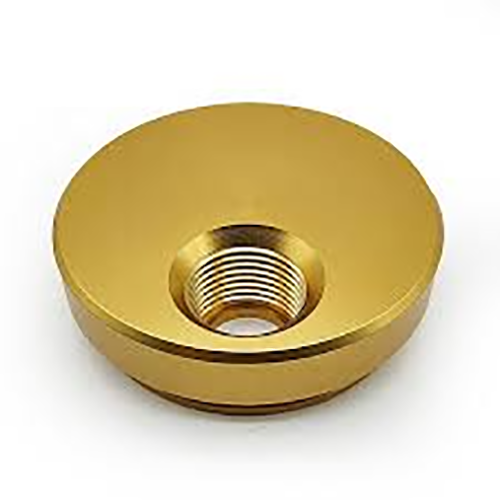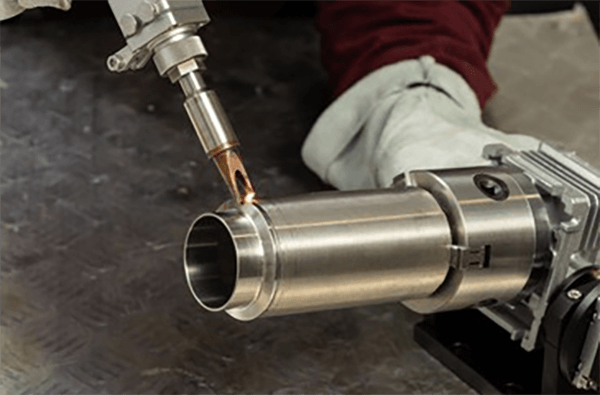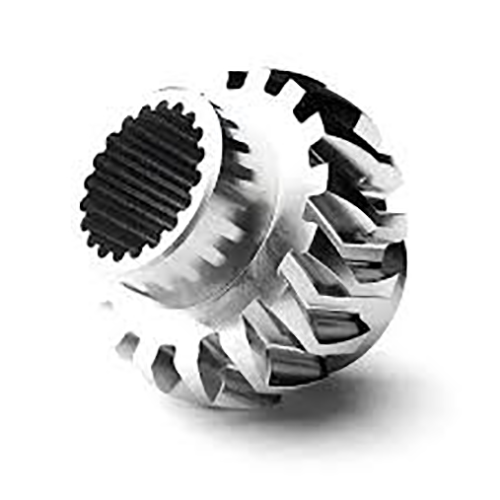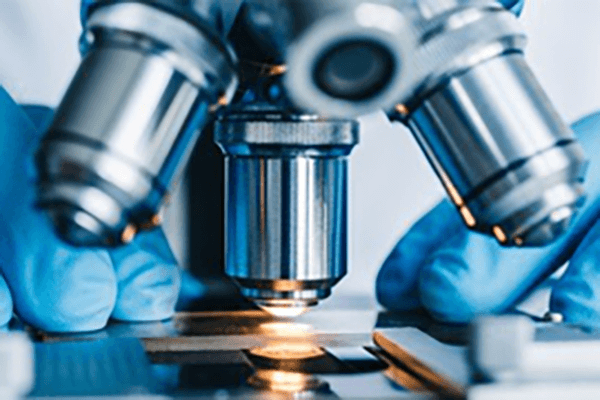
Delivering appointed top-layer smoothness for a manufactured item is critical.
- Surface finish callouts in engineering drawings provide the exact specifications for the finish of a part
- Callouts frequently reference metrics such as Ra (average roughness) for roughness quantification
- Comprehending finish specifications is crucial to meet operational standards
- Specified roughness affects lubricant distribution, frictional performance, and durability
- Understanding the notation correctly yields the desired surface result
CNC Machining: A Definition of Precision

Programmed machining operates as a leading production process employing digital instructions the machinery forms elaborate parts with exactness.
- Automated machining allows fabrication of accurate parts from multiple materials
- Broad CNC applicability benefits industries like aerospace, automotive, and healthcare
- CNC processes produce uniform parts with high repeatability over runs
From prototyping to mass production CNC machining plays a pivotal role in shaping modern manufacturing
Understanding CNC Machine Specifications
Understanding equipment specifications can look intimidating initially
Yet armed with basic knowledge and methodical steps you can manage technical specifications
Begin by identifying the key parameters such as spindle speed feed rate accuracy work envelope and controller type
Each of these specifications contributes to the machine's overall performance.
Illustratively, greater spindle rpm aligns with softer workpieces; increased feed raises manufacturing pace.
Grasping those connections helps choose machinery aligned with your needs
Be sure to refer to vendor documentation completely.
Vendor literature commonly contains useful guidance and explains terms
Comprehensive Guide to CNC Machinery
CNC systems refer to programmed machine tools for accurate automated part production across materials They read numerical control code to orchestrate cutter motion and axis control.
- Some types of CNC machines include milling machines lathes routers and plasma cutters
- Production processes accommodate metal alloys, plastics, woods, and composite materials
- Also CNC equipment offers quick turn prototyping and low-volume runs for innovators and labs
CNC Machines: The Fundamentals Explained
They demonstrate convergence of tight hardware tolerances and refined software control Adaptive tools rely on coded programs to manufacture from simple elements to detailed structures The fundamental principle behind CNC machines is the translation of digital designs into physical forms.
- Numerical control manufacturing
- Digital design integration
It performs sequenced precise axis operations dictated by program Operators play a crucial role in selecting the appropriate cutting parameters monitoring the operation and ensuring the quality of the final product.
Impact of Surface Finish on CNC Machining
Obtaining required finish during machining is essential It impacts both functional performance and surface look Substrate properties, machining variables, and post-process methods shape surface outcome.
Polished textures increase lifespan; rough finishes may lower effectiveness Programmed machining features assorted toolpaths and cutters to deliver specified finishes.
- Consider using alternative cutting shapes |carbide alloys|cutting velocit
 y selections to shape surface
y selections to shape surface - In addition buffing, grinding, and sanding may be applied to upgrade finishes
Understanding the relationship between machining parameters and surface finish is essential for achieving optimal results in CNC machining operations.
CNC Machine Basics: From Operation to Applications
It constitutes a high-precision manufacturing approach using programmed machine tools to form parts from many materials They run numerical instructions to manufacture complex shapes consistently A fundamental understanding of CNC machine operation including the role of G-code programming and tool selection is essential for successful machining processes
Sectors served include aerospace, automotive, manufacturing, medical, and electronics fields From turbine components to precision mold cores, CNC supports manufacture of complex parts
How to Specify Surface Finish for CNC Parts
Precise surface specification proves essential in CNC machining It guarantees the finished part fulfills functional and visual criteria Manufacturers often rely on Ra (roughness average) to represent surface finish The value, shown in µm or inches, quantifies mean surface irregularity height.
Consider needed smoothness and the part’s application to determine finish requirements

Smooth textures are commonly specified for components demanding precise fits and tolerances
Textured surfaces may be selected to improve grip or frictional engagement
Include unambiguous roughness values in drawings to specify finish demands List Ra value plus supplementary process guidance like polishing or coating.
Recall that well-defined roughness notes help ensure production success
CNC Machine Categories and Capabilities
CNC machining spans many technologies and machine classes to address different operational needs They pair with CAD software to translate designs into cutting commands for precise fabrication.
- Mills shape slots pockets and complex contours through rotary cutting
- Routers handle flat panel cutting and profiling for non-metal workpieces
- Beam and jet cutting methods enable accurate slicing with differing thermal impacts
Choosing the right CNC depends on production goals material type and required accuracy Unique machine capabilities support varied industry needs such as automotive, aerospace, and medical.
Achieving Optimal Surface Finish with CNC Machining
Achieving a superior surface finish is crucial in numerous manufacturing processes and CNC machining offers an exceptional method for achieving this goal By leveraging precise control over cutting parameters such as feed rate spindle speed and tool geometry machinists can effectively manipulate the material removal process to produce surfaces with minimal imperfections Also advanced insert materials and suitable coolant practices support improved finishes Deliberate machining strategies and exact setups enable production of components with excellent texture.
Surface Finish Considerations in CNC Programming
Controlling finish within programming is key to obtaining target surface results Combining feed, speed, and tool form strongly affects surface pattern and roughness Precise setting selection and effective coolant control support high-quality finishes.
- Besides that systematic tool upkeep and monitoring ensure sustained surface quality Also ongoing tool care and inspection support sustained finish reliability In addition periodic tool servicing and checks secure consistent what is cnc surface quality
- To perfect surface results factor in material, roughness, and intended application
- Path simulation offers insights to adjust cutting settings and reduce defects
- Besides that systematic tool upkeep and monitoring ensure sustained surface quality
